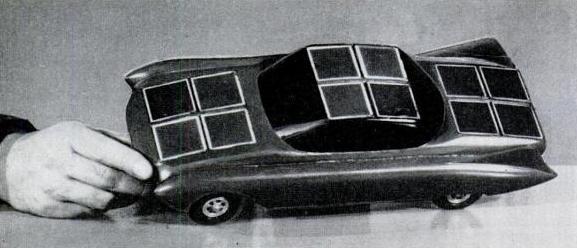Solar-powered cars have been tried before, but their promise is more realistic now as performance increases and costs fall. You won’t be able to drive long stretches by 2015, but neighborhood trips might be a reality. From Sonia Kolesnikov-Jessop’s New York Times interview with Li Hejun, a renewable-energy executive with the Hanergy Holding Group:
“Question:
Do you think one solar technology will dominate others?
Li Hejun:
There are many different types of solar technologies, and that’s fine; we’re like brothers and sisters. The market is big enough for everybody to survive, but thin-film, I think, is the current strategic trend and its production process has the advantage to be very clean. I like to compare crystalline-silicon panel to a black and white TV, and thin-film to an LCD TV. Thin-film is just a much more advanced technology, and I believe it will completely change the way we utilize energy because thin-film allows individuals to use solar energy easily, the way a big plant would with crystalline-silicon panels.
Question:
Can you elaborate on this personal use and its application in our daily life?
Li Hejun:
The two advantages are flexibility and portability. The thin-film is so light you could have it on your jacket, on your hat and it could then power up your phone. It can embrace curves; that’s another big advantage. You can’t do that with a crystal panel. We are currently testing thin-film with Aston Martin Racing on the roof and rear windscreen of the car to power air-conditioning and other electrical functions in the car.
In the future, we’re planning to work with more commercial car manufacturers. Right now, we already have it on the rooftop of some commercial cars in China, and for now, you can help reduce the usage of the gasoline by 20 to 30 percent; but in the coming two to three years, you will be able to replace more. According to our calculations, you need six square miles of our solar module to generate electricity to power an electric car. By the end of next year, the first test cars using 100 percent solar will come out, and you will be able to drive 80 kilometers, or about 18 miles, fully powered.”
Tags: Li Hejun, Sonia Kolesnikov-Jessop

